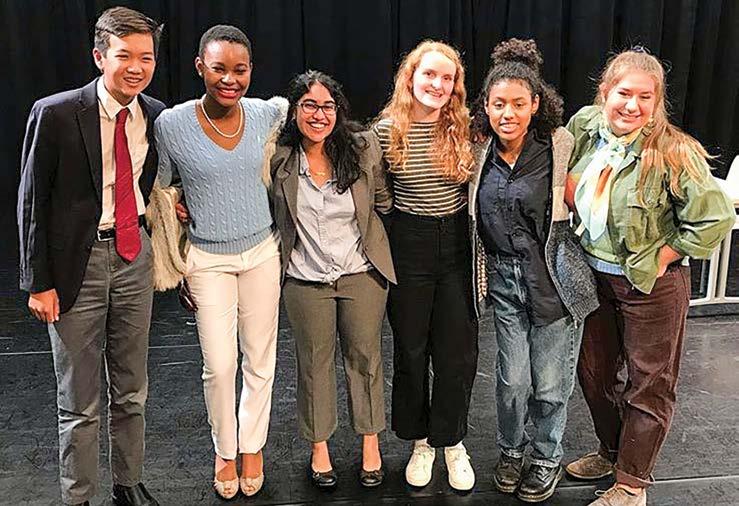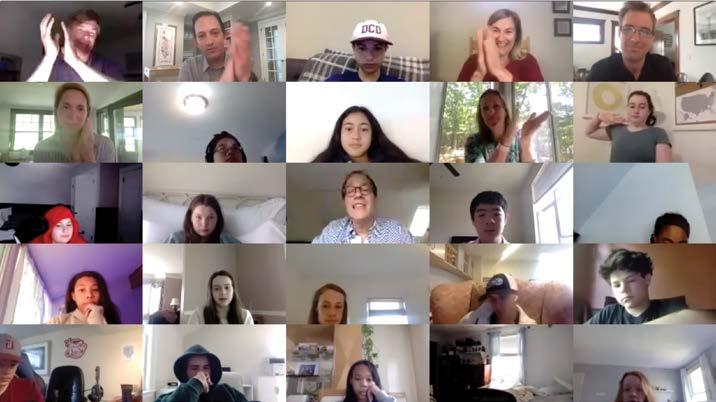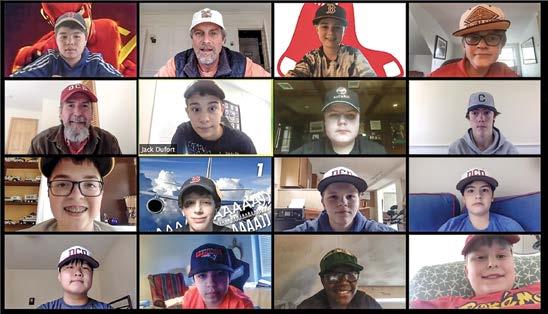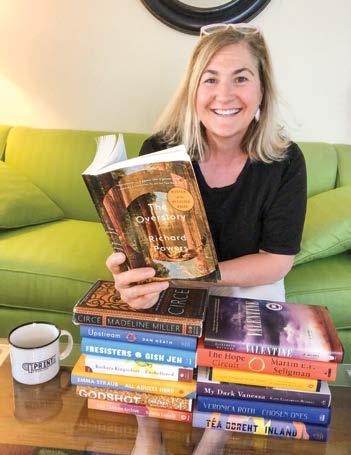Head’s Report The Myth of Our Separateness: Reflections on the Pandemic by Allison D. Webster, Head of School
W
hat elements are essential to provide a child with a meaningful, multi-dimensional, and robust education, one that creates a joyful daily life and lays a foundation for work and relationships in the future, an education that flexes and adapts as children grow? I’ve spent twenty-five years thinking about this question. Back in February, before the pandemic disrupted our lives, I would have felt fairly confident that my answers were complete; I see now, as the newly minted head of a virtual school, that my response needs adjusting. My previous response to the question would have included explanations about a developmental understanding of students, a diverse cohort of peers, energized and autonomous teachers with a shared purpose, connected families as partners, facilities that support programs, a shared mission and pedagogy, anti-bias curriculum, explicit values, and key traditions. In many ways, my response hasn’t changed: all of the above still very much holds true. Yet, the vantage point of a pandemic has added clarity to my vision and brought into an even sharper focus the key elements of an excellent education. It also helped me spot what features held inadequate emphasis on my previous understanding. The process of moving school online forced all of us at DCD to consider, again and again, what is essential that we are trying to create and preserve. What matters most about the content we are teaching students? What aspects of our relationships with students do the most to help understand themselves, feel motivated, and see themselves reflected in the world? How do families support and amplify our work with students? And how do peers—perhaps the most important part of school from a student perspective—play a role in supporting learning? Our task was not a matter of merely moving old content to new platforms. Our task was to re-envision and rearticulate why we are doing what we are doing, and find how to translate these goals to a new platform best. So what is even more apparent now, held up in starker relief? The intricacy and interconnectivity of our school as a whole system and the many elements that contribute to the whole. As much as it appears that we have individual students and individual teachers (and even individual heads of school), the truth is that we function as a collective. The myth of our separateness is made clear in this time of separation; we provide a great education to the individual child because these individual units exist only in the context of an 2
interconnected whole. Understanding school as a system in this time makes me think of early forest researchers who discovered that the forests were far more complex than initially understood. The visible system of separate trees, soil, animals, and water had more nuance than they could have imagined. How so? Fungal networks under the soil serve as a type of internet for tree communication. Separate trees signal to each other from miles away, warning of danger or protecting each other by exchanging carbon and nutrients. All of this is invisible when looking at a forest. Trees that appear separate could be like a group of Aspens, all part of the same root system, and, in fact, one organism. Even logs on the forest floor play a vital role in making the system as a whole thrive—every piece of the system matters. Every element plays a role. The intricacy, interconnectivity, subtlety, and nuance of a forest system have a depth and beauty beyond what we once understood, and the same is true of our school. So what does this new vantage point show us about each element of our DCD “forest,” and how can this new learning help us be a stronger school in the future? By keeping our focus on a few key areas, ones that have always distinguished DCD as a school and community, we can help our DCD grow and thrive. What is essential to remember?
We’re not just a collection of trees:
Just as a forest is not just a collection of trees, school is not just a collection of students. Much has been written in this time about the way the pandemic will shift us to a greater focus on the individual and more individualized forms of education. This analysis misses the point. Of course, we need to meet the needs of individual students, and some of the digital resources we are utilizing will help us better achieve this goal. This is good news for student learning and autonomy. But the key takeaway from this moment is that each tree—or student—only thrives when it is part of an intricate system, and the focus on the system as a whole is vital to the strength of the individual. Schools like DCD that fuel a connection to the whole, help students look outward and appreciate that other people matter, and help students understand the way the pieces of our world and history fit together to explain the present, will be just like the most resilient forest systems. Our “trees” will grow individually because















